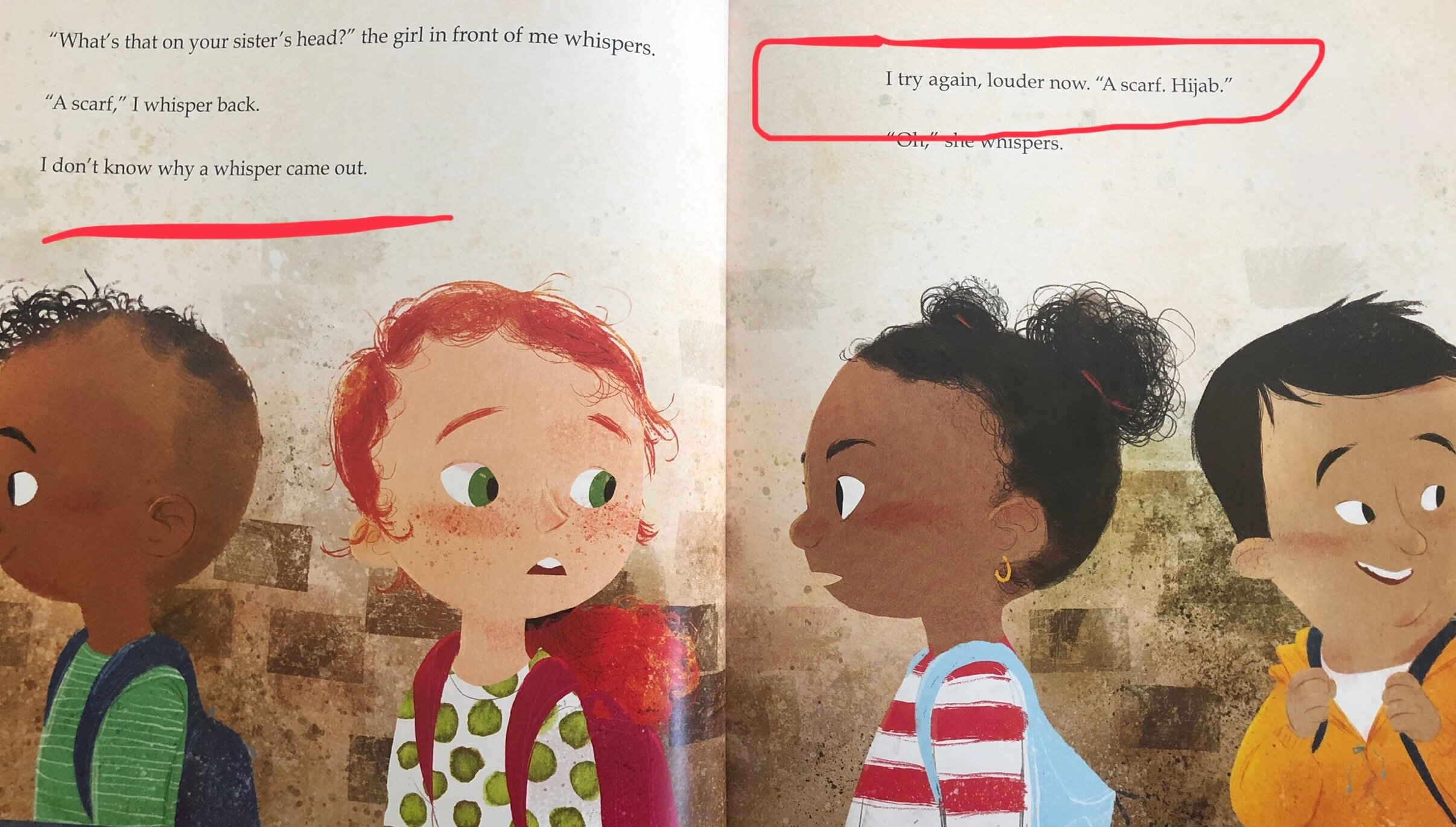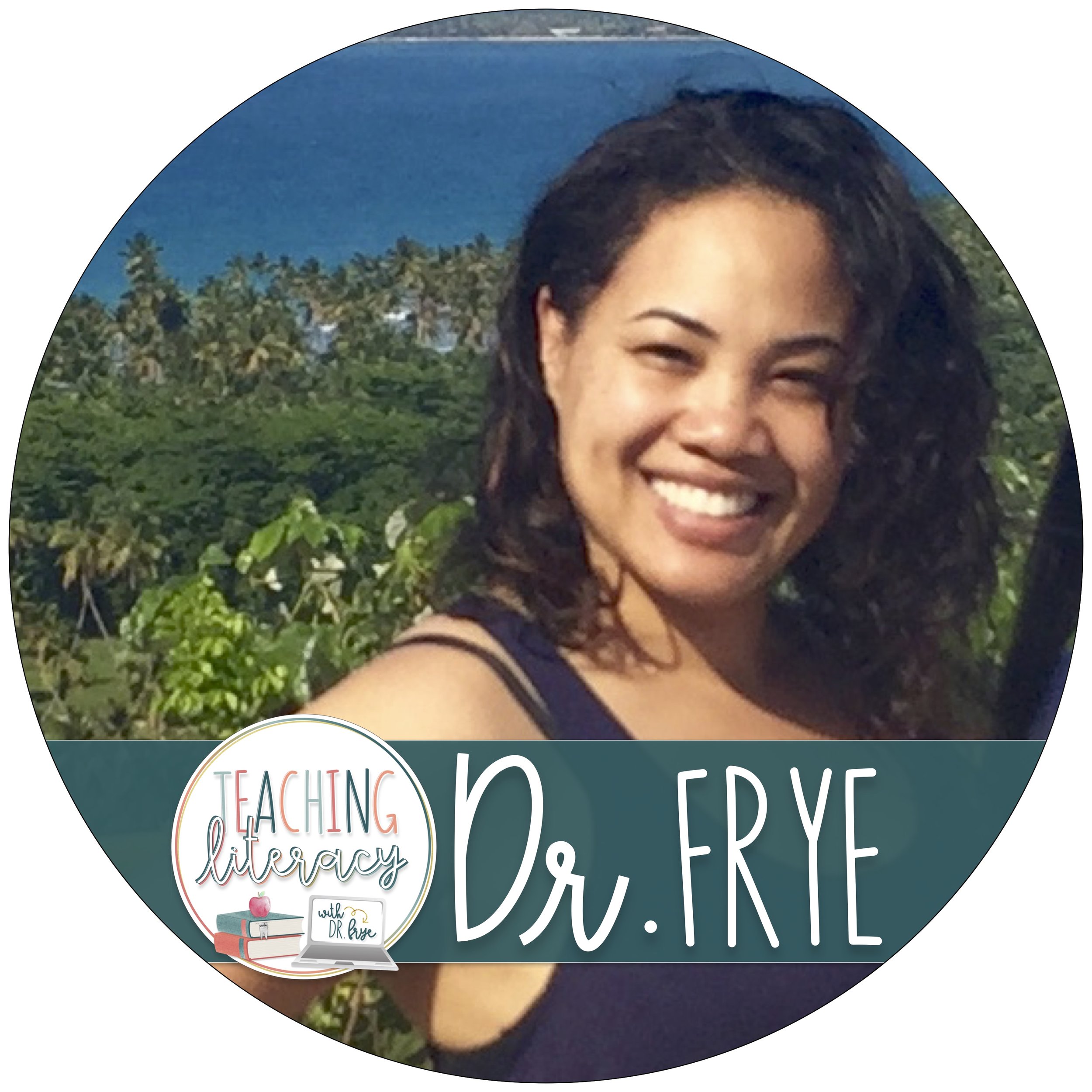The New Way to Teach High-Frequency Words: Flash Words
/In the past, high-frequency “sight” words were thought of as words that readers just needed to memorize. They were typically taught in insolation, completely detached from any phonics instruction.
Recently, the Science of Reading brought about a change in the way educators approach high-frequency words. Instead of requiring students to memorize high-frequency words, research shows that students are better equipped to master them when they are able to make sense of the spelling pattern(s) within a word.
Many high-frequency words follow a regular spelling pattern. In fact, 138 words (63%) on the Dolch 220 List are decodable!
Thus, high-frequency words can be split into two categories: decodable (“Flash Words”) and irregular (“Heart Words”). Decodable Flash Words are expected to be read and spelled automatically - “in a flash.” Irregular Heart Words have a word part that cannot be read phonetically; that word part must be learned by “heart.”
One scientifically-proven way to help children make sense of words is to use an orthographic mapping approach. When mapping words, students build connections between letters and sounds to permanently store word spellings in the brain.
If you want to try it with your kids but it sounds a little overwhelming, don’t worry! I’ve created a digital resource for students to practice Flash Words in an engaging way.
My Flash Words word mapping resource centers on one-syllable words with short vowel spelling patterns from the Dolch list . Students have to:
listen to an audio recording of a word ending used in context
repeat the word 3xs
type the number of sounds they hear in the word
drag a dot into a sound box for each sound that they hear
build the word using letter tiles
Have you tried word mapping Flash Words with your kids? Tell us about it in the comments section!
Yours in Literacy,
Sheila























